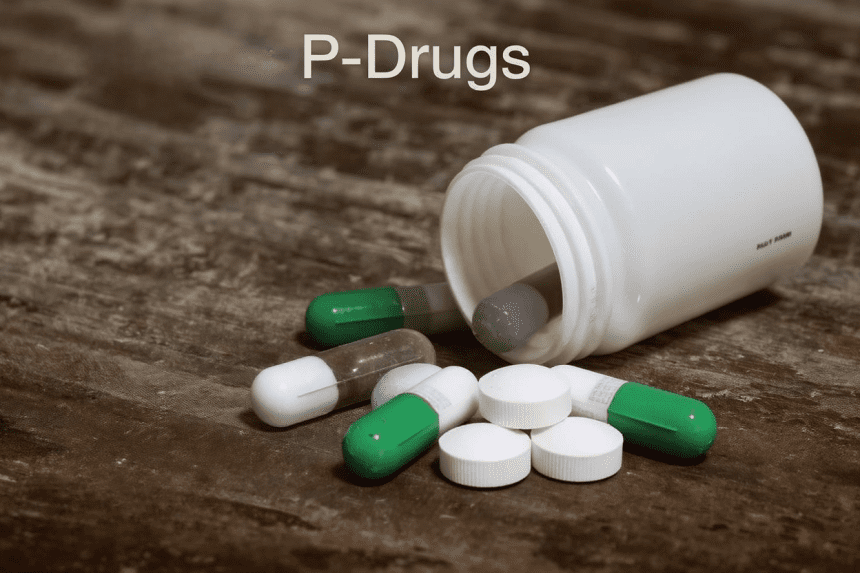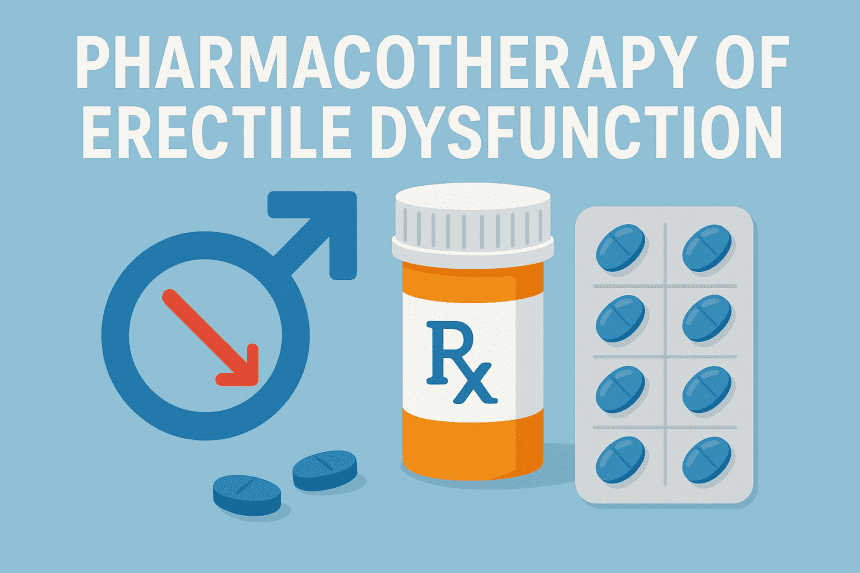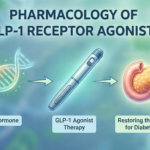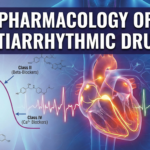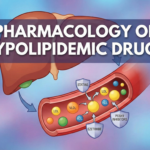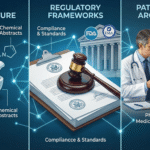Over-the-Counter (OTC) Drugs in India: A Comprehensive Overview
Main Takeaway: India lacks a unified regulatory framework for OTC drugs, creating a complex landscape where medications not listed as prescription-only are sold over-the-counter. With 62.3% of urban populations practicing…
Over-the-Counter (OTC) Drugs: A Comprehensive Overview
Main Takeaway: Over-the-counter (OTC) drugs are non-prescription medications available directly to consumers for self-treatment of common ailments. With over 800 active ingredients comprising more than 100,000 products, OTC medications provide…
The Concept of P-Drugs in Rational Prescribing
Main Takeaway: A P-drug is a prescriber’s personal choice of first-line medicine for a specific indication, selected through a systematic and evidence-based process. Developing and maintaining a personal formulary of…
Pharmacology of Antiviral Drugs
Introduction Antiviral pharmacology has advanced from the single-agent era of idoxuridine to a modern arsenal including polymerase terminators, protease blockers, monoclonal antibodies, and host-directed entry inhibitors. Because viruses are obligate intracellular…
Pharmacotherapy of Type 1 Diabetes Mellitus
Introduction Type 1 diabetes mellitus (T1DM) is a complex autoimmune disorder requiring comprehensive pharmacological management throughout the patient's lifetime. Since the discovery of insulin over a century ago, numerous advancements…
Broad spectrum antibiotics – Tetracyclines and Chloramphenicol
Introduction Broad-spectrum antibiotics stand at the forefront of infectious disease management, enabling healthcare professionals to effectively target a wide variety of bacterial pathogens without waiting for definitive culture results. Within…
A review on drug resistant mycoplasma pneumonia
Introduction Mycoplasma pneumoniae is a unique bacterial pathogen that causes a spectrum of respiratory infections, ranging from mild tracheobronchitis to severe pneumonia . Unlike many typical bacteria, it lacks a…
Pharmacotherapy of erectile dysfunction
Introduction Erectile dysfunction (ED), defined as the consistent or recurrent inability to attain or maintain an erection sufficient for satisfactory sexual performance, affects millions of men worldwide. Though once considered…
Pharmacotherapy of migraine
Introduction Migraine is a debilitating primary headache disorder characterized by episodic attacks of throbbing or pulsating head pain, often accompanied by photophobia, phonophobia, nausea, and in some cases, aura phenomena.…
Pharmacology of Fibrinolytics
Introduction Fibrinolytics—also known as thrombolytics—are a specialized class of pharmacological agents that dissolve blood clots (thrombi) by catalyzing the conversion of plasminogen to plasmin, the main fibrinolytic enzyme. These drugs…




